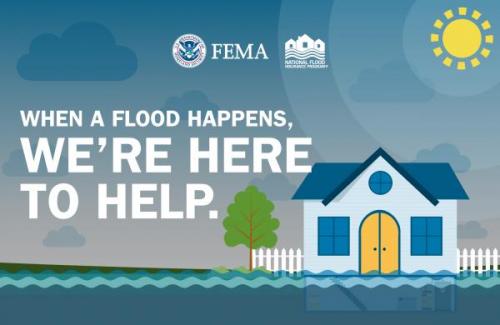Unfortunately, flooding was rampant for many in 2023. In recent years, from hurricane Katrina to hurricane Harvey, major storms across the nation have brought increased media focus on the dangerous power of floods. Preparation is key when it comes to recovery—that’s why it is critical you have conversations with your clients to guide them through their first steps immediately after a flood: filing a claim.
Teach Them to File Their Claim First
Whether or not a person has experienced flooding before, the National Flood Insurance Program’s (NFIP) job is to support recovery efforts. Before a flood happens, make sure your clients know their top priority is to file their claim as soon as it is safe to do so. The sooner the claims process begins, the faster recovery starts. Depending on your or your company’s best practices and standards, you may have an app, a webpage, or a paper claim submission process. Talk to your clients now, to ensure they understand how to file that claim when disaster strikes.
Document, Document, Document!
Your clients can get to work before their adjuster arrives. Encourage them to use their phone’s camera to take photos and videos of their exterior and interior damage, especially any high-value items. Remind them that once they have pictures and videos of the damage, they should immediately throw away anything that may pose a risk to their health and begin cleanup to prevent the growth and spread of mold.
Level Set
Rebuilding after a flood is like building Rome; it won’t happen in a day. Remind your clients of a realistic timeline for claims payouts, empathize with them and assure them that you’ve got their backs. Your clients already made the winning choice by protecting their homes with flood insurance; now it’s just a matter of time.
The first, most important step is to start their claim. That one step forward points them in the right direction to recovery. For more, visit floodsmart.gov.

